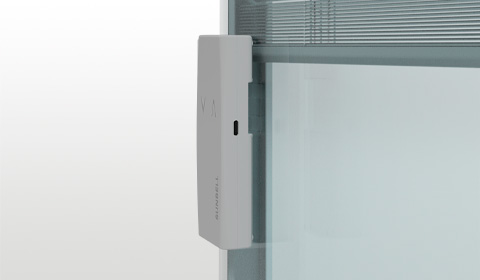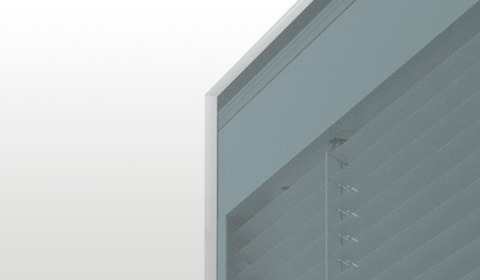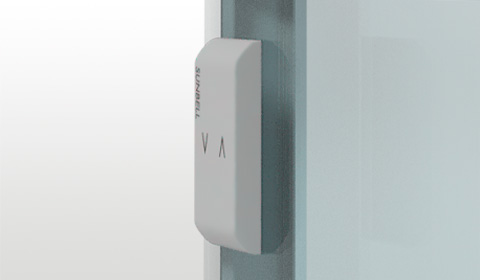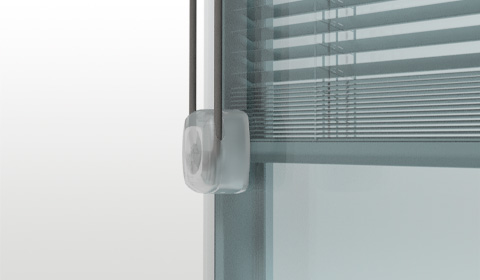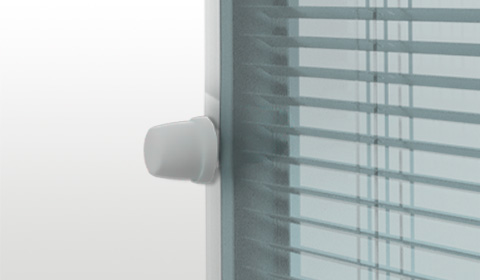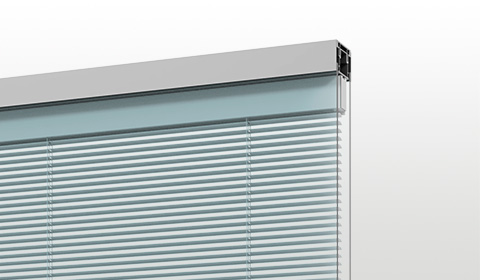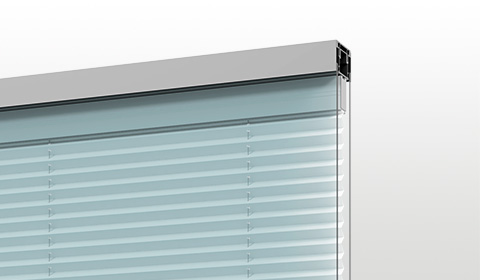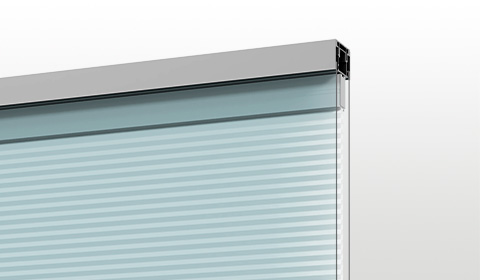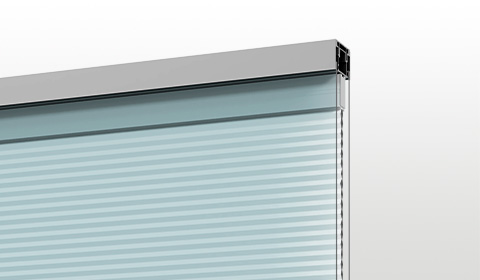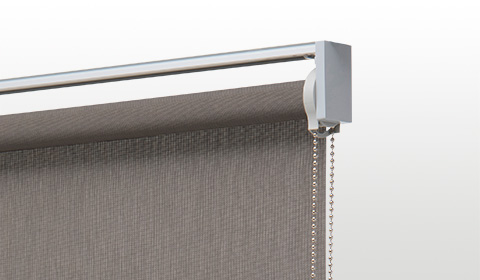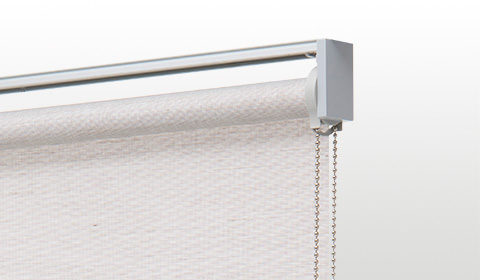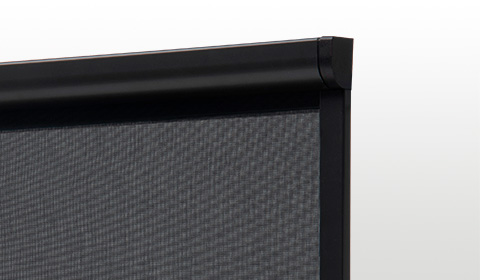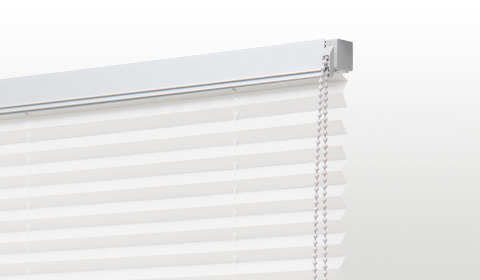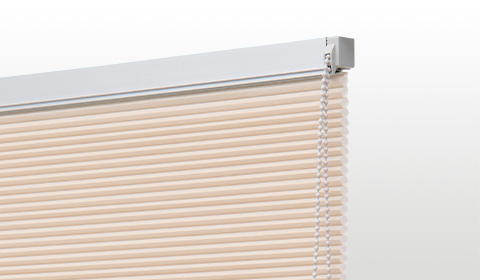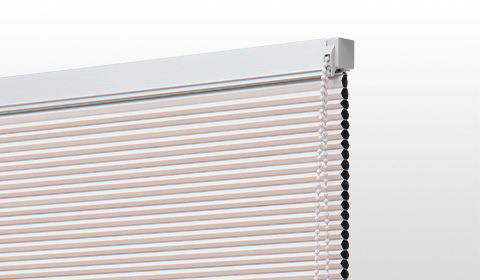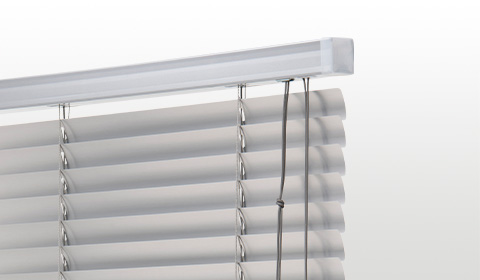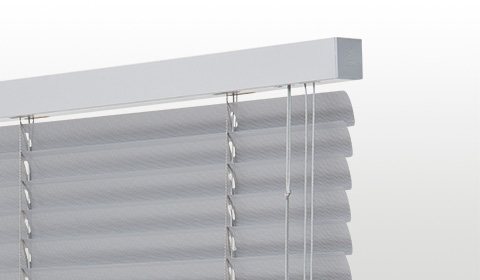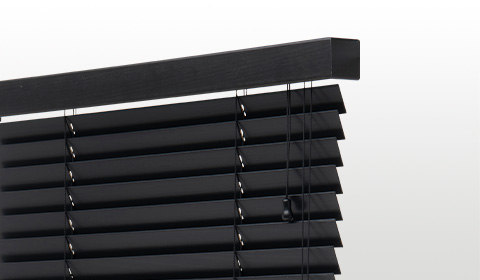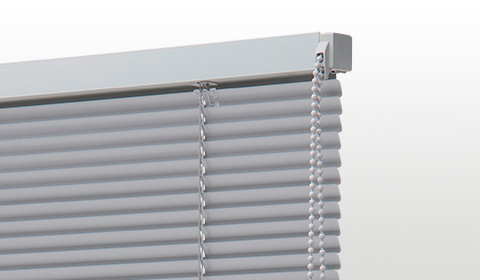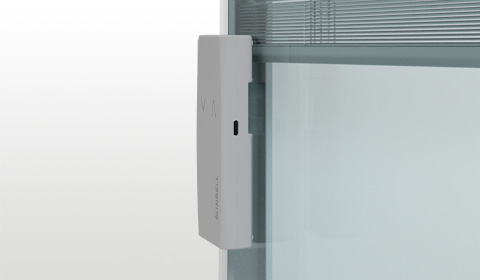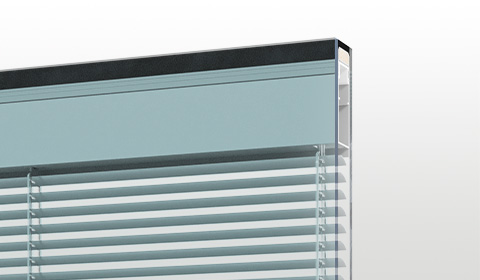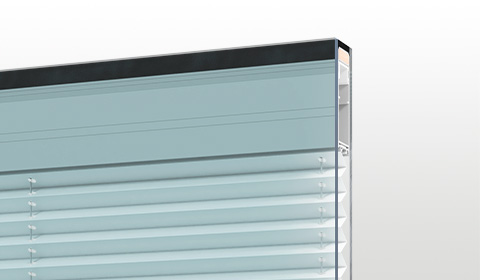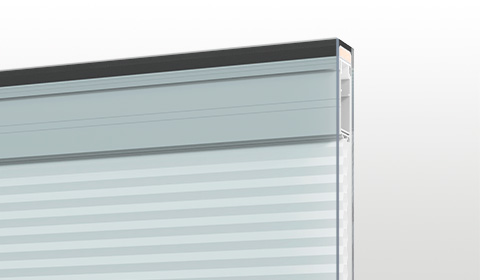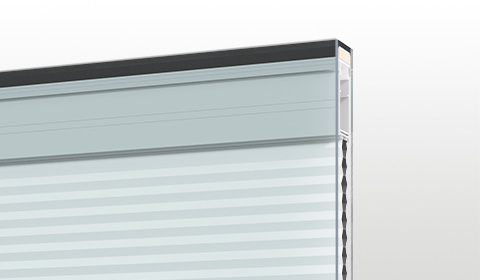Einstein famously said: “Everything you can imagine, nature has already created” and it’s on exactly this concept that design and architecture have been focusing their attention over the last few years.
Developing projects based on biomimetics means understanding the mechanism and functioning of natural processes and applying them to human designs and creations.
This approach encourages the design of more sustainable buildings and furniture, which will have a low environmental impact as well as being very adaptable.
Biomimetics is not a recent discovery – Leonardo da Vinci developed many projects based on the study of nature and animals.
Over the last few years, this approach has been spreading and evolving, especially in chemistry, biology, architecture, engineering, medicine and biotechnology.
This became also possible thanks to new technologies like new programming languages and coding and 3D modelling and printing, capable of reproducing the cellular structure of natural organisms and natural organisation systems.
But let’s take a look at what biomimetics is, focusing on its applications in architecture and interior design.
Biomimetics: definition
The word biomimetic has its origin in the Greek words “bios” (life) and “mimesis” (mimic); however, its definition is not so straight forward.
To fully explain the concept of biomimetics, we should probably explain that it’s a form of creative technology capable of using or imitating nature to improve human life.
The fundamental concept at the base of this idea is that there is no better inspiration than nature for creating something genuinely new and functional.
This approach has produced many remarkable results in improving productivity and functionality while also reducing waste and energy costs.
Let’s take a look at some examples of biomimetics applied to architecture and design.
Biomimetics: applications
We mentioned how biomimetics could be applied to different sectors like chemistry, biology, engineering, medicine and biomedical engineering; however, we will mainly focus on its applications in architecture and interior design in this article.
Architecture
One of the most impressive examples of natural architecture are the 6 metre tall termite nests that can be found find in the African savannah.
These nests are built with earth, tree bark, sand and termite saliva, but they are stronger than concrete.
Termites are extremely sensitive to heat, and when the external temperature reaches 40°C, their nests can maintain an internal temperature of 30°C. The cooling system used in these structures is made up of a number of canals dug deep in the ground, which create a ventilated environment capable of maintaining a constant temperature.
This system inspired the South African architect Mick Pearce, while working with the engineering firm Arup in Harare, capital of Zimbabwe.
Using the same feature that characterises termite nests they built the Eastgate Center, a polyfunctional building and the first in the world with a completely natural cooling system.
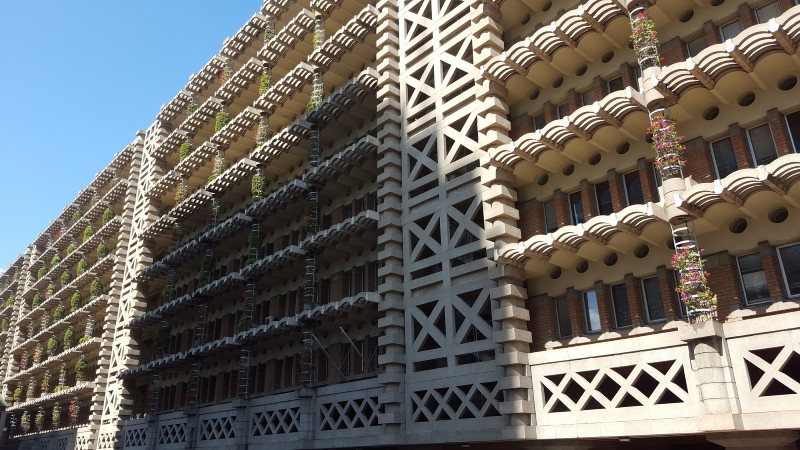
This building features holes on the roof and on lower floors that creates natural ventilation, exactly as it occurs in termite nest, where hot air exits from the roof while cold air comes in from down below.

There are no electric cooling systems installed in the building!
For this reason, the energy consumption of this building is less than 10% compared to other buildings of similar dimensions because, even when the external temperature reaches 38°C, the internal one is only 24°C.
This is only one of the many examples where biomimetics can help us to create functional and efficient designs.
Interior Design
If we think about interior design, we can see how the use of biomimetics is constantly evolving thanks to new technologies like 3D Printing.
MIT professor and designer Neri Oxman, has created products inspired by biomimetics, using 3D Stratasys printers with triple-jetting technology.
From organic fabrics to furniture. Like the Gemini chaise-longue that was inspired by shells and uses a combination of 44 digital materials capable of reproducing the sensory parts of the human body, designed to recreate a habitat reminiscent of the ‘maternal womb’.
There are interesting uses of biomimetics for accessories, like blinds, for example.
The Qatar Cactus Building and its botanical dome, designed by Bangkok Aesthetics Architects, took inspiration from cacti and their ability to survive and in hot and dry environments.
The building has been designed to use a system of window blinds to make is very efficient from an energy point of view.
These blinds open and close automatically to regulate temperature, depending on the sun’s intensity during the day.
The concept here is similar to a cactus that transpires at night to retain water – another excellent example of biomimetics.
Conclusions
As per many great ideas, biomimetics was inspired by natural organisms and, pretty rapidly, has evolved through the integration and combination of modern science and engineering to discover new materials, applications, and alternative constructions.
The hope is to create a future with simple and sustainable production systems thanks to biomimetic technologies, where products can be biodegradable and more compatible with our environment.


